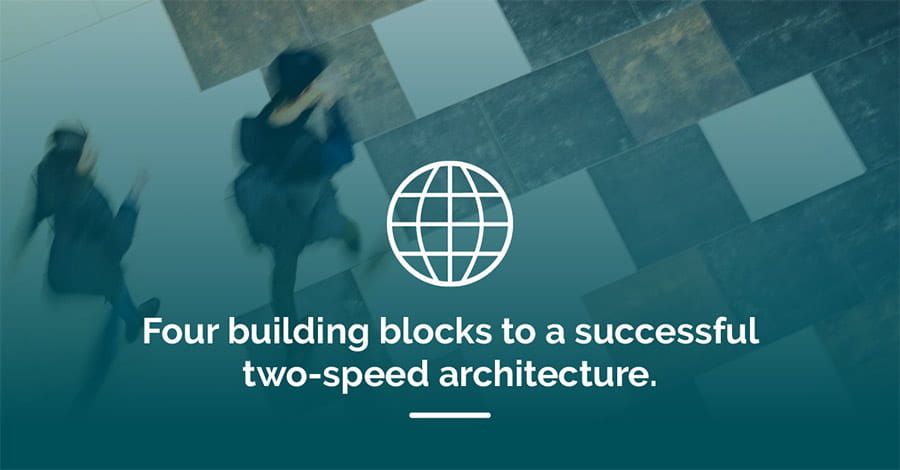Fintech Insights
How Banks Can Win in the Age of the Customer Experience
Andrew Beatty, Product Management Executive, FIS
December 17, 2018

In the age of the customer experience, bank modernization is critical. But bank transformation is complex, slow and expensive. In practice, it is more akin to a journey than a destination: banks are at different stages and each has individual objectives. But all banks agree that a flexible, digital architecture is fundamental to business success.
We support the view that implementing a two-speed architecture offers a practical alternative to “rip and replace” and is a good way to start a technology renewal. But it’s important to note that technology is only one of the business enablers. Many banks – often led by their technology groups – believe that achieving a two-speed IT or multi-speed architecture is purely a technology issue. Technology only works with people, so a digital transformation is as much about culture as anything else.
Having implemented an organizational structure that supports legacy modernization, it is essential to build a flexible architecture on a sure foundation.
Here we consider four elements of a successful two-speed architecture:
Modular, foundational components that surround the core – All processing cores have a version of product and customer. They all have certain common attributes but also have attributes that differentiate, based on the type of customer or product and purpose. By creating an enterprise customer component and exposing it across the enterprise allows for a 360° view of the customer in near real-time.
A flexible enterprise product store does the same for product, and if implemented as a product factory, allows for effective decoupling and bundling of products from the processes. Now, the core banking system can become a very efficient processing engine while delegating the customer and product views and attributes to these new foundation components. Both digital and physical channels that are customer facing are nimbler, hence facilitating a two-speed architecture.
Business process and service orchestration layer – This is largely available in many banking organizations that have evolved through the service oriented architecture (SOA) age of a decade ago. Service orchestrations have been typically handled through an enterprise service bus or a message broker. Business process orchestrations have typically been handled by business process engines, so the two-speed architecture can continue to leverage this capability.
An API marketplace – This layer isolates the core banking and the business process layers from the channel ecosystem. They contain “experience APIs” which are secure, governed microservices and are core agnostic. Any channel application or API consumers, like fintech partners, can consume these microservices from the API marketplace.
A multichannel ecosystem – This layer provides a seamless multichannel ecosystem digital (mobile, online, bots) and physical (branch, contact center, kiosk) so consumers can easily move from one to the other. This layer does not directly interact with the cores or the business process/services layer but uses the experience APIs to achieve the level of abstraction and separation from the underlying legacy cores.
The creation of a two-speed architecture offers sustainable, quantifiable benefits: costs can be managed and new services delivered more quickly. However, a successful implementation means running two teams, with one focused on new technologies and microservices, while the other continues to build out in legacy technology and a waterfall lifecycle.
Ultimately, technology only works with people so careful planning is crucial.
Jumpstart your day in a matter of seconds with quick snapshots of industry trends and leading perspectives delivered straight to you. Sign up for RISE here.
Tags: Technology, Digital Innovation, Investments